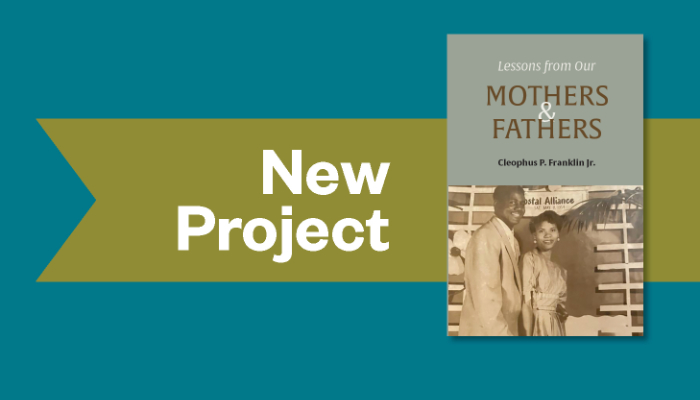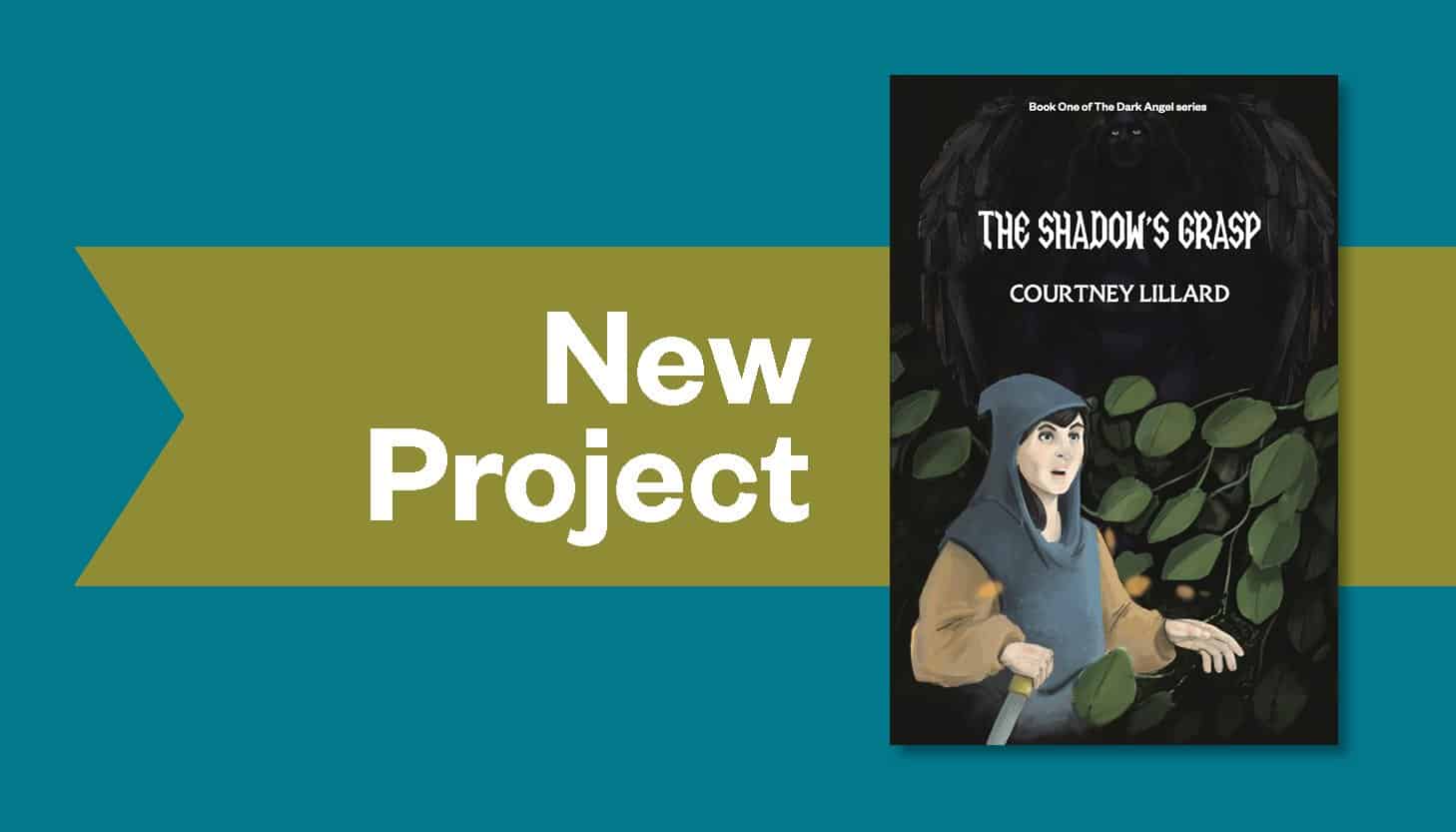Have you struggled to figure out your book’s cover price? Here’s a simple formula you can use to help determine a book’s cover price that includes built-in profit for the book when selling through retailers.
CP – R% – PC = EP
Looks like gibberish, doesn’t it? This will help:
Cover Price – Retailer % – Production Cost per Book = Estimated Profit
You may find it easier to use a spreadsheet to calculate this, but I’ve been doing it for so many years that I find it’s faster to use a calculator and a piece of paper to write down notes. (Old school, I know.)
How the Cover Price Formula Works
First, you need to establish your assumptions.
Your first assumption is your production cost.
Let’s assume your book costs four dollars per book to print, bind, and deliver to you. You’re basing this assumption on an estimate you’ve received. Let’s also assume you’ll need to pay to deliver the book to the retailer, whether it’s shipping to an Amazon warehouse or shipping to a bookstore across the state or driving to a local store. You’ll need to purchase mailing materials (padded envelopes, shipping boxes, shipping labels, etc.). That might add another two dollars per book. So now we’re at six dollars per book production cost.
Do you include your other costs to edit, typeset, and design the book? That’s up to you. You may want to try to recoup at least some of the amount. Keep in mind that it’s unlikely you’ll be able to recoup all of those costs in your first print run, especially if it’s a small run.
Do you include your marketing costs? You may want to apply a percentage of your profit to marketing costs. This isn’t a “production cost” and it varies wildly from book to book, but if you have a set budget for your marketing, see how it applies per-book and go from there.
Bonus question: How do I account for my writing time? Short answer: You don’t. Unless you’re writing a book for hire (in which case, you’re not the one publishing it, so all this is moot), you wrote because you had reasons other than money to write: you felt compelled to tell a story, you felt compelled to share your knowledge, you saw a need for people to read your story or learn your knowledge, and you enjoyed the process. You did none of this for the money—though you’d like some, certainly. Think about how much time you spent on your manuscript—reasonably, are you able to include that time in your production costs? Probably not.
Your second assumption is the retailer percentage.
The discount percentage of the cover price that retailers ask to sell your book will vary. I’ve seen a low of 35 percent to a high of 60 percent (ouch). I assume that most retailers will ask 45 percent. If I’m dealing with an especially large retailer, like Amazon or Barnes & Noble, I might up that to 50 percent or 55 percent, depending on what pricing is negotiated (or demanded). But 45 percent will cover most cases.
Your estimated profit goal should be reasonable.
I recommend making a minimum of two to three dollars per book in estimated profit, though three to four dollars is better (it gives you additional revenue to apply to your design and marketing costs). If someone else is doing the hard work to sell your book and all you’re doing is shipping books to them, I think that’s reasonable.
Your reasonable profit amount may be higher, especially if you’ve spent a considerable amount on the editing, typesetting, and design of your book. Bear in mind that those are one-time costs necessary to make a quality product and, much like your writing, those services were needed to make the product in the first place.
Example
Let’s try using these assumptions to determine a reasonable cover price for a book that has a per-book production cost of six dollars and a retailer percentage of 45 percent. I’d like to sell the book for $12.95. Let’s see how that plays out:
$12.95 – 45% – $6 = $1.12
Breakdown:
$12.95 – 45% = $7.12 (45% of $12.95 is $5.83; $12.95 – $5.83 = $7.12)
$7.12 – $6 production cost = $1.12
I don’t care for only $1.12 per book. Let’s bump up the cover price to $14.95.
$14.95 – 45% – $6 = $2.22
Breakdown:
$14.95 – 45% = $8.22 (45% of $14.95 is $6.73; $12.95 – $6.73 = $8.22)
$8.22 – $6 production cost = $2.22
That’s better. I’m willing to work with that.
You can plug in other numbers into the formula—different cover pricing, different retailer percentages, different production costs—to see how the math works out.
Why End the Cover Price with 95 Cents?
Because the shopper thinks he or she is getting a better deal. There are entire books written about consumer behavior and pricing strategy, but here are a few tips.
First, you need to understand that prices ending in a 9, 95, or 99 (known as charm prices) make the product appear less expensive than it really is. Because we read from left to right, we focus on the first number to decide whether a price is reasonable. Shoppers are more likely to purchase a product for $4.99 than an identical one for $5 because an item that starts with a four seems like a better deal than one that starts with a five. Books have traditionally been priced with 95 at the end to take advantage of this aspect of consumer behavior (i.e., our general mental laziness).
So, why not use 99 in your cover price? Ending a price with 99 may cue the shopper that the item is on sale (“Mind Your Pricing,” Harvard Business Review, Sepember 2003) or is simply cheap. I’m not in favor of conditioning a buyer to think your book is cheap.
What if you abandon the change altogether? Prices with no change ($10.00) send the message that you’re in a high-end retail environment, with the message that if you’re concerned about nickels and dimes (or pennies), you should move on. This may work well for some books. We’ve had a couple of authors experiment with pricing their books without the change, and while it does seem less fussy and a cleaner way to price, I wonder what selling opportunities were lost when they did that.
Reviewing Your Cover Price
Once you have a cover price in mind that will be profitable, you need to make a judgment call about whether readers will pay that price. There are several good books about pricing available, but here is my counsel: Whenever possible, price your book so you can make at least enough money to reprint (or to publish another one). Second print runs are where the real profit lies.
In our example above, we don’t know much about this book except for production cost. If we were doing this for real, we would be able to make a judgment on the book’s perceived value based on the following criteria:
- Its genre,
- Its intended market,
- Whether it includes graphics or illustrations,
- Whether it includes interior color printing (since covers are almost always printed in color), and
- Whether it’s written by someone who is recognizable or of consequence somehow to the intended market.
Generally, nonfiction books that teach something and books written by a recognized or consequential name are priced higher than other books because their perceived value is higher.
After you have all that rolling around in your head, you need to take a trip to your local bookstore to see how other books in the same genre, with the same market, with similar page counts and interior graphics are priced—with this caveat:
Indie Publishing and Self-Publishing
Indie published and self-published books are usually done in smaller print runs, which means the overall cost of production per book is going to be higher than it is for mass-produced books from traditional publishers. That’s just how it is. If you think to yourself, Gosh, that Penguin mass-market paperback in my genre is selling for $6.99—I guess I’ll have to price my book the same, you will make no money and work hard for it, too. By pricing your book for a reasonable profit, you may lose sales to price-conscious readers. That’s OK. You want people to buy your book who see its value and are willing to pay for that value.
Does the Formula Only Work for Books?
You can use this formula for other things besides the cover price of books. It’s adaptable enough (and simple enough) to be used to price other products and productized services.
Pricing Adage
Finally, bear in mind this adage regarding pricing: You can always go down, but you can never go up. What that means is if you price the book a little high to accommodate a retailer’s discount percentage, you can always offer a price reduction or a sale to people buying in other circumstances, such as directly from you.
Want to keep up with our blog? Sign up to get an email notification when we publish new posts.


